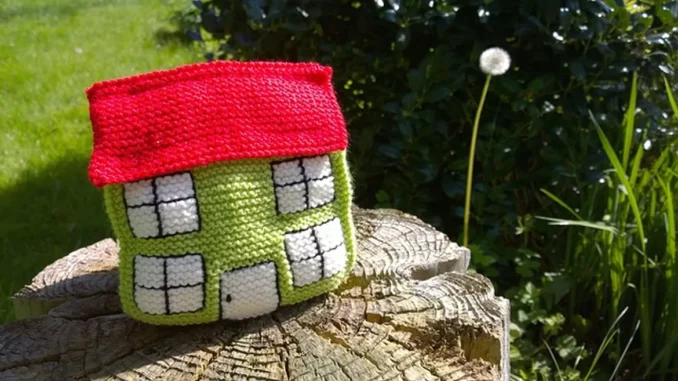
In the ever-evolving landscape of financial products, the emphasis on sustainability has become increasingly pronounced. The Co-operative Bank has recently made significant strides in this direction by introducing a new range of green mortgages. To gain a deeper understanding of this development and its implications for prospective homeowners, I engaged in an enlightening conversation with Emily Thomas, an estate agent with keen insights into the housing market and environmental sustainability. This dialogue shed light on how these innovative mortgages could reshape the housing sector and promote ecological responsibility.
Discover how Focus360 Energy aids sustainable development with Sustainability Statements.
Emily welcomed me with genuine enthusiasm, eager to discuss the green mortgage initiative. “This is more than just a financial product,” she asserted, “It represents a significant step towards a sustainable future.” The initiative’s core is its emphasis on properties with an Energy Performance Certificate (EPC) rating of A or B. These ratings, Emily explained, denote energy-efficient homes equipped with superior insulation, energy-saving appliances, and often, renewable energy sources. “It’s a win-win for both the environment and the homeowner,” she remarked, highlighting the dual benefit of ecological and financial savings.
One of the most compelling features of the green mortgage is its competitive interest rates, which are notably lower than those typically available for conventional mortgages. The bank offers fixed terms of two or five years and allows for up to 95% Loan to Value (LTV), making it an accessible option for a diverse array of buyers. “For those considering investing in an eco-friendly home, these rates can make a substantial difference,” noted Emily, emphasising the financial viability of choosing sustainable housing options.
Our conversation naturally turned to the broader context of The Co-operative Bank’s environmental objectives. Emily was quick to point out the bank’s enduring dedication to sustainability. “This isn’t just a standalone product,” she stated. “It aligns with their ongoing green initiatives, such as additional borrowing products for energy-efficient upgrades and their Sustainability Hub.” This comprehensive approach underscores the bank’s commitment to intertwining financial products with environmental stewardship.
One of the more innovative elements of the green mortgage is its flexibility for new constructions. While new homes may not initially have an EPC, the bank accommodates Predicted Energy Assessments (PEA) or Standard Assessment Procedure (SAP) ratings from developers. This ensures that buyers of newly built homes can still benefit from the favourable rates. Emily observed, “It’s encouraging to see such adaptability. New builds are a crucial market segment, and promoting high energy standards is vital.” Nevertheless, she acknowledged some limitations, particularly the Loan to Value ratio restrictions—90% for houses and 85% for flats. “It’s a prudent risk management strategy,” she explained, acknowledging that while it might restrict some buyers, it ensures the initiative’s sustainability and financial health.
As the discussion unfolded, Emily shared her views on the broader impact of this mortgage range. “These reduced rates aren’t just about financial incentives; they represent a push towards a cultural shift in homeownership,” she stated. There’s a growing awareness of carbon footprints, and this product encourages environmentally conscious decision-making. However, she noted potential challenges, such as the need for greater awareness among buyers regarding EPC ratings and their importance. “There’s definitely an educational component here,” Emily recognised. “Banks and estate agents need to collaborate to inform customers about the benefits of energy-efficient homes.”
Emily’s insights underscored the necessity of cooperation in fostering sustainable practices. The Co-operative Bank’s green mortgage range exemplifies how financial institutions can drive change by aligning economic incentives with environmental objectives. Emily expressed confidence that other banks would soon follow suit, mirroring this model of sustainability-driven financial offerings.
As our conversation came to a close, Emily conveyed her optimism about the future. “This green mortgage is just the beginning,” she said, her eyes alight with anticipation. “I’m eager to see how it will influence the market and, ultimately, contribute to a more sustainable world.” Departing from the interview, I was struck by the transformative potential of such initiatives. The Co-operative Bank’s green mortgage represents more than a financial product; it is a bold stride towards a greener, more sustainable future. For those considering purchasing a new home, exploring this offering presents an opportunity not only for financial gain but also for contributing to a healthier planet.


Be the first to comment